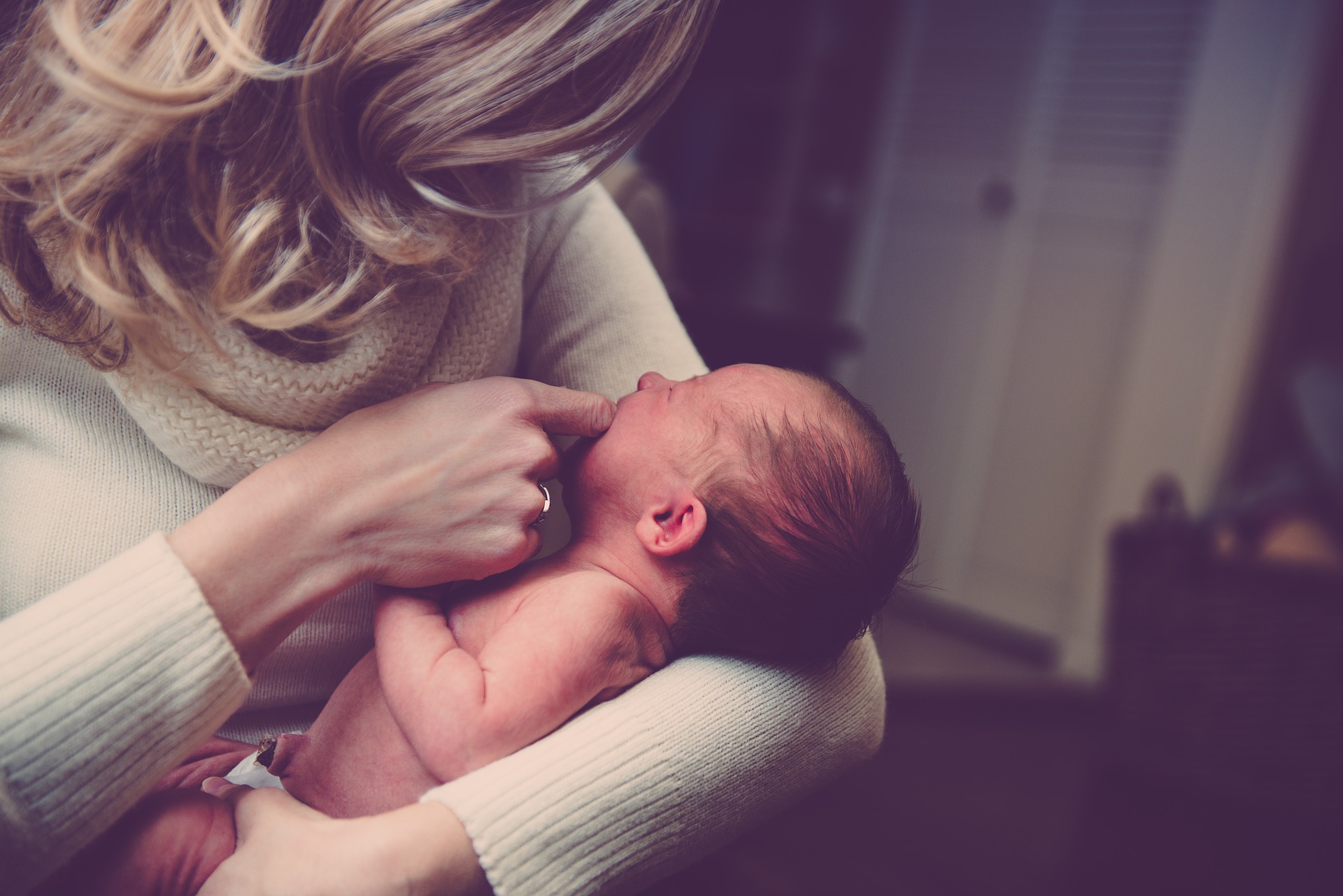
From the moment parents start trying for a baby, to completing the hospital bag checklist (remember those maternity pads!) before the mum-to-be goes into labour, both parents know that their lives are about to change forever. Of course, it’s natural to need time to adjust, not to mention some room to spend quality time with the wonderful new addition to the family. With that in mind, let’s see how the current parental leave legislation in the UK compares to other countries.
The UK
Here in the UK, both parents are entitled to paid leave after their new arrival. However, the majority of the leave is still normally reserved for mums. New mums are entitled to 52 weeks of statutory maternity leave, 39 weeks of which they will receive statutory maternity pay (SMP). The amount of money new mums are entitled to changes over time – for the first six weeks of maternity leave, mums are entitled to 90% of their average weekly earnings. After this (for the remaining 33 weeks of SMP) mums are entitled to £151.97 or 90% of their average weekly wage (whichever of the two is lower).
It isn’t mandatory for new mums to use up the full amount of leave if they’re keen to get back to work, but they must take at least two weeks after having their baby or four weeks if they work in a factory setting. The earliest date that pregnant women can begin their maternity leave is 11 weeks before the new arrival is expected.
So, what about partners? In the UK, partners can choose to take either one or two weeks of paternity leave – significantly less than the mum-to-be. The one-to-two-week rule also applies if your partner is expecting twins or triplets. Unlike maternity leave, paternity leave can only begin after the baby has been born and it must end within 56 days after the birth. The rate of paternity pay for partners in the UK is the same amount as maternity pay – £151.97 or 90% of your average weekly wage.
Parents can, however, share out the leave a bit more evenly. Shared parental leave (ShPP) gives new parents the option to share up to 50 weeks of leave between them however they choose, with up to 37 of these weeks being paid.
Finland
Now that we know a bit more about how parental leave works in the UK, let’s compare it to Finland – the country widely regarded to have the very best parental leave policy. Finland offers new parents plenty of quality time with their new arrival. Regardless of gender, each parent is entitled to 164 days of leave, which can be used until their baby is thirteen weeks old. For the first 26 weeks of parental leave in Finland, each parent is entitled to 70% of their normal salary.
There is also plenty of flexibility within this scheme, as each parent is able to transfer up to 69 of their days over to their partner. Also, if you’re a single parent, you’re entitled to both sets of parental leave, amounting to a total of 328 days to take away from work.
Iceland
Like Finland, Iceland offers a set amount of parental leave, regardless of gender. The standard 12 months of entitled leave in Iceland can be split down the middle, or parents can be flexible with who gets what. Each parent gets the first five months off work as a standard amount, but the remaining two months can be split however the couple decides.
Maternity and paternity pay in Iceland amounts to 80% of your average income, capped at ISK 600,000 (£3,485) per month. Separate schemes are also available for students (who are entitled to ISK 184,119/£1,067) and people outside of the workplace (entitled to ISK 80,341/£466).
Germany
Over in Germany, there is also a lot of flexibility when it comes to parental leave. New parents in Germany are entitled to up to three years of leave, and this time can be split between the parents as they please. During this time, each parent can choose to stay away from work altogether, or they can work part time (up to 30 hours per week). Although parental leave in Germany is classed as an unpaid break from work, new parents can apply for parental allowance (Elterngeld). This allowance is funded by the state, and new parents can receive up to €1,800 (or £1,535 per month).
Norway
Norway is famous for its welfare options and its high standard of living. So, it’s no wonder that it ranks among the top countries when it comes to parental leave. In this Scandinavian country, pregnant employees are entitled to up to 12 weeks of maternity leave before their baby is born. They also must take another six weeks off after the birth, unless they provide a medical certificate that states that it’s preferable that they return to work. In total, new parents in Norway are entitled to a combined total of 48 weeks of leave with full wage coverage or 58 weeks with 80 per cent of their wage covered. The leave is separated into a quota for mums, a quota for dads, and a joint period that can be split however the parents choose.
Each country has slightly different rules when it comes to parental leave. However, it’s clear that many more balanced and flexible schemes are coming into play around the world. The ability for new parents to share their leave – and therefore precious time spent with their new baby means that mums and dads are better able to find the perfect solution to their unique situation. Hopefully, progressive new approaches to parental leave will continue to create an equal balance for new parents everywhere.

